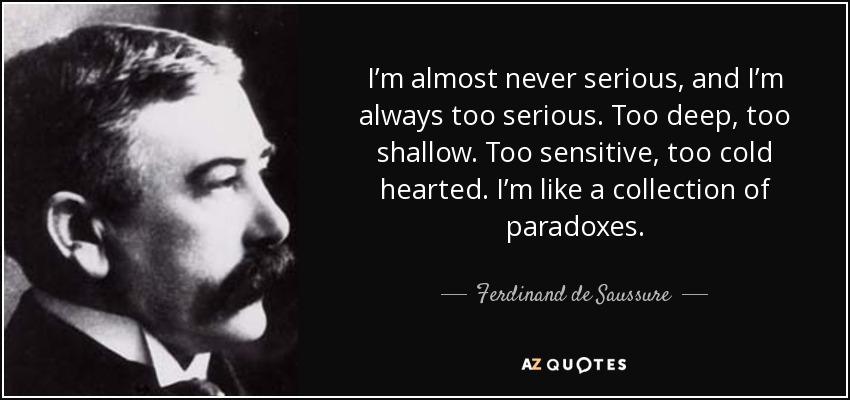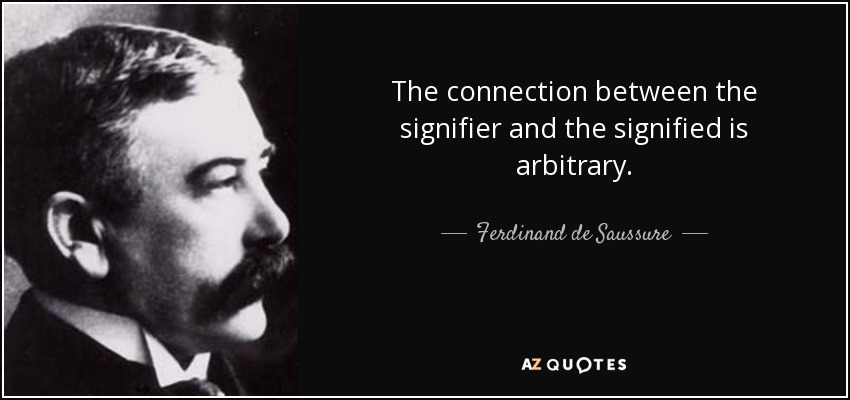tag > Science
-
"Computer science is no more about computers than astronomy is about telescopes"
- Edsger Dijkstra -
How Eugenics Shaped Statistics (nautilus)
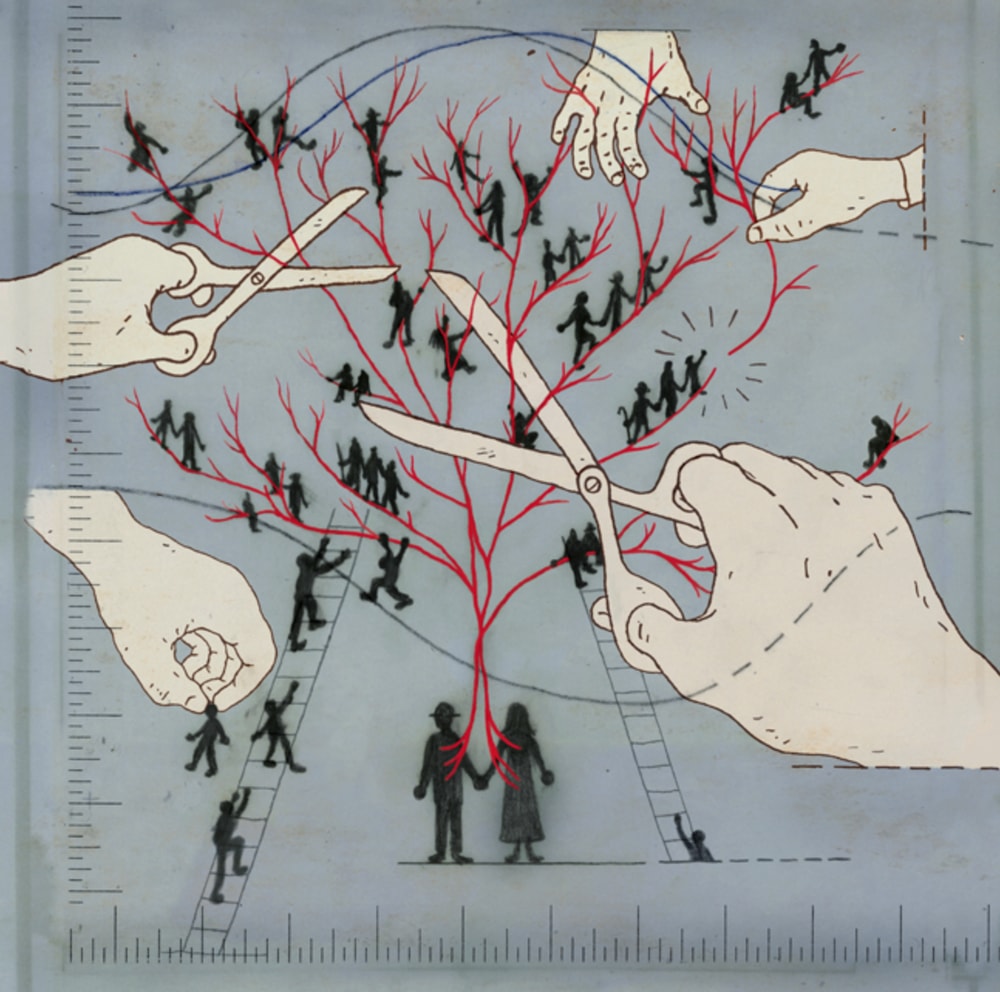
"
Are the science and the scientist so easily separable?
" ... "Most scientists now understand that the data do not speak for themselves and never have." ... "We cannot escape the fact that statistics is a human enterprise subject to human desire, prejudice, consensus, and interpretation." ... "To get rid of the stain of eugenics, statistics needs to free itself from the ideal of being perfectly objective."
-
The Quantum Butterfly Noneffect (scientificamerican)
A familiar concept from chaos theory turns out to work differently in the quantum world
-
Quantum Tunnels Show How Particles Can Break the Speed of Light (quanta mag)
"It’s part of the general problem of what is time, and how do we measure time in quantum mechanics, and what is its meaning." - Eli Pollak
-
Biophoton Communication: Can Cells Talk Using Light?
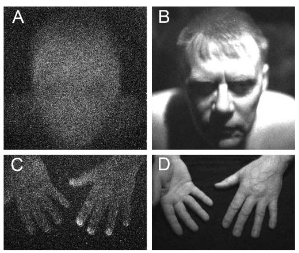
A growing body of evidence suggests that the molecular machinery of life emits and absorb photons. Now one biologist has evidence that this light is a new form of cellular communication. Nobody is quite sure how cells produce biophotons but the latest thinking is that various molecular processes can emit photons and that these are transported to the cell surface by energy carying excitons.
Human Ultraweak Photon Emission: Key Analytical Aspects, Results and Future Trends – A Review
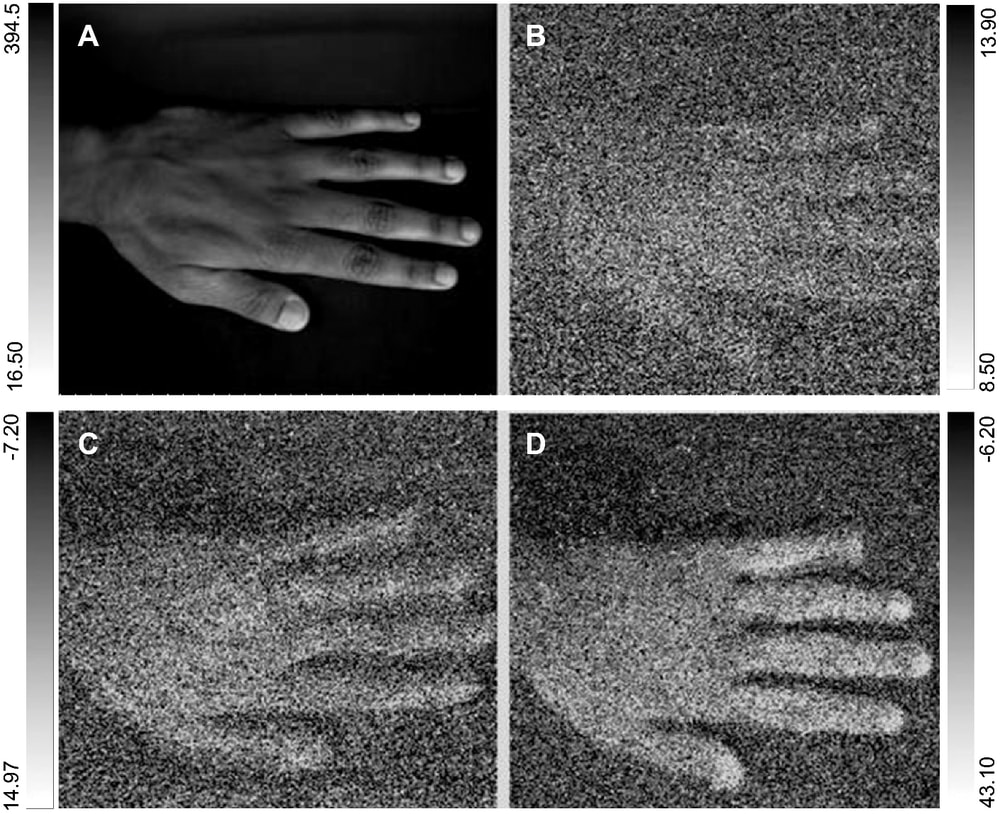
Living systems emit what is called ultraweak photon emission (UPE). This visually undetectable phenomenon has only been studied in humans for the last 30 years, finding that UPE is a complex process depending on multitude factors. Considering previous literature, this review discusses the current trends in the analysis of in vivo UPE from human beings.
Photos from "Anatomic characterization of human ultra-weak photon emissionwith a moveable photomultiplier and CCD imaging"
Bizarre Phenomenon of Light Flashing From Human Eyes Caught on Camera For First Time

Some radiation therapy patients report seeing flashes of light in front of their eyes during treatment – even when their eyes are closed. Now this long-standing mystery may have been solved, thanks to this weird effect being caught on camera for the first time.
Studies by Alexander Gurwitsch in the 1920’ s with onion root cells revealed the phenomenon of mitogenetic radiation. Subsequent works by Popp, Van Wijk, Quickenden, Tillbury, and Trushin have demonstrated a link between Gurwitsch’s mitogenetic radiation and the biophoton, emissions of light correlated with biological processes. The present study seeks to expand upon these and other works to explore whether biophoton emissions of bacterial cultures is used as an information carrier of environmental stress. Bacterial cultures (Escherichia coli and Serratia marcescens) were incubated for 24 hr in 5 ml of nutrient broth to stationary phase and cell densi‐ties of ~107 cells/mL. Cultures of E. coli were placed upon a photomultiplier tube housed within a dark box. A second bacterial culture, either E. coli or S. marcescens, was placed in an identical dark box at a distance of 5 m and received injections of hydrogen peroxide. Spectral analyses revealed significant differences in peak fre‐quencies of 7.2, 10.1, and 24.9 Hz in the amplitude modulation of the emitted bio‐photon signal with respect to whether a peroxide injection occurred or not, and whether the species receiving the injection was E. coli or S. marcescens. These and the subsequent results of discriminant functions suggest that bacteria may release bio‐photons as a non‐local communication system in response to stress, and that these biophotons are species specific.
-
"Alles Leben schwingt in Resonanz miteinander. Die kosmische Strahlung ist sozusagen die Stimmgabel, die jede lebende Zelle, jedes Molekül, jedes Atom in Vibration bringt und hält..." - Winfried Otto Schumann
-
The information catastrophe featured
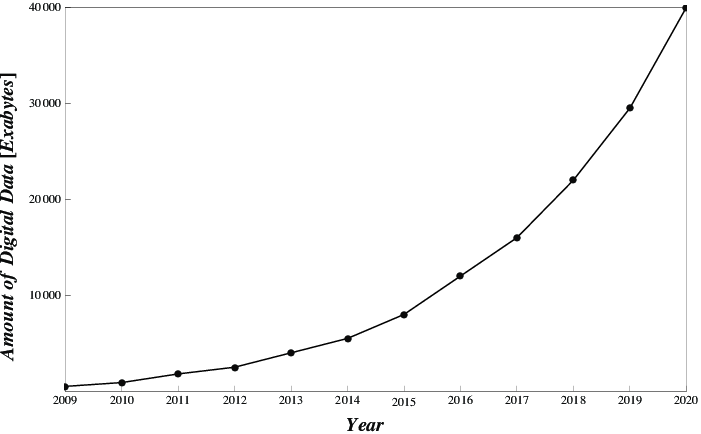
50-fold growth of the amount of digital data from 2010 to 2020 [IDC12]. Currently, we produce ∼1021 digital bits of information annually on Earth. Assuming a 20% annual growth rate, we estimate that after ∼350 years from now, the number of bits produced will exceed the number of all atoms on Earth, ∼1050. After ∼300 years, the power required to sustain this digital production will exceed 18.5 × 1015 W, i.e., the total planetary power consumption today, and after ∼500 years from now, the digital content will account for more than half Earth’s mass, according to the mass-energy–information equivalence principle. Besides the existing global challenges such as climate, environment, population, food, health, energy, and security, our estimates point to another singular event for our planet, called information catastrophe.
-
Joseph Henrich on cultural evolution, WEIRD societies, and more
-
What is Actionable Intelligence?
Actionable Intelligence can be defined in several ways such as “having the necessary information immediately available in order to deal with the situation at hand,” but for the purposes of this book, we will define it as “intelligence that can be acted upon within a 12 to 72 hour period of time.” (via)
For knowledge to become accepted as actionable, it must be linked to the receiver's conception of what is relevant and useful. the act of translation changes the idea. (via)
Actionable intelligence is information that can be followed up on, with the further implication that a strategic plan should be undertaken to make positive use of the information gathered. (via)
Knowledge which is necessary for and required to initiate immediate response to changes in the operational environment. Hence, Actionable Knowledge includes in its fullest form both pertinent and germane forms of knowledge, the latter two providing only the supportive background. Actionable Knowledge is typically domain-restricted even if its application may affect several related domains. (via)
What is knowledge management (KM)? Linklaters’ 2014 ‘Knowledge to Action’ report includes the following definition from KM and organisational learning specialist and author Chris Collison: KM is “....a toolkit of different methods, techniques, approaches, ways of working and behaviours that are all designed to enable and increase organisational efficiency. It is about the ‘know how’ and the ‘know who’ and how you put these to work more diligently.”This definition, and the report itself, underline the importance of making knowledge and KM actionable. Actionable KM firmly positions knowledge and KM at the heart of the business by developing dynamic systems, processes and behaviours designed to maximise the contribution of a firm’s (or corporate legal department’s) collective knowledge and expertise to its business and its clients. (via)
-
Interview with Michael R. Wasielewski on materials in energy
-
Can electrostatic fields limit the take-off of tiny whiteflies (Bemisia tabaci)?

Electrostatic fields are abundant in the natural environment. We tested the idea that electrostatic attraction forces between tiny whiteflies (Bemisia tabaci) and the substrate could be substantial to the point of limiting their take-off. These insects are characterized by a very small body mass and powerful take-offs that are executed by jumping into the air with the wings closed. Wing opening and transition to active flight occur after the jump distanced the insect several body lengths away from the substrate. Using high-speed cameras, we captured the take-off behavior inside a uniform electrostatic field apparatus and used dead insects to calculate the electric charge that these tiny insects can carry. We show that electrostatic forces stimulate the opening of the insect's wings and can attract the whole insect toward the opposite charge. We also found that whiteflies can carry and hold an electrical charge of up to 3.5 pC. With such a charge the electrostatic field required to impede take-off is much stronger than those typically found in the natural environment. Nevertheless, our results demonstrate that artificial electrostatic fields can be effectively used to suppress flight of whiteflies, thus providing options for pest control applications in greenhouses.
-
The internet information platform EMF-Portal of the RWTH Aachen University summarizes systematically scientific research data on the effects of electromagnetic fields (EMF). All information is made available in both English and German. The core of the EMF-Portal is an extensive literature database with an inventory of 31,713 publications and 6,775 summaries of individual scientific studies on the effects of electromagnetic fields.
-
Quote by Luc Montagnier - The Nobel Prize in Physiology or Medicine 2008

-

Chronophobia is anxiety over the passage of time. Chronophobia is especially common in prison inmates and the elderly, but it can manifest in any person who has an extreme amount of stress and anxiety in their life.
-
Are the Earth’s magnetic poles about to swap places? Strange anomaly gives reassuring clue
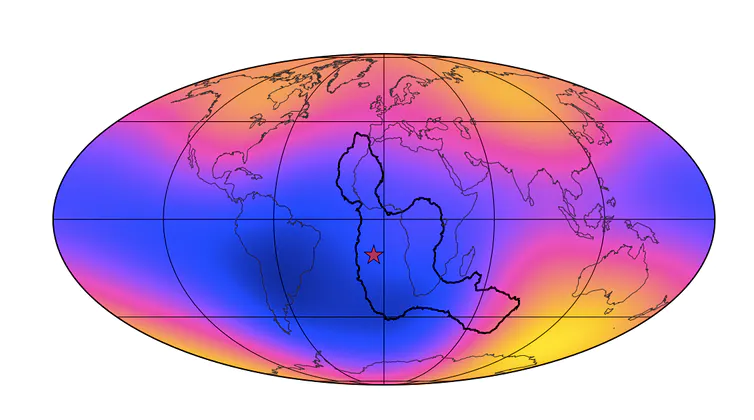
The geomagnetic field at Earth’s surface with the South Atlantic Anomaly outlined in black and St Helena marked with a star. Deep inside the Earth, liquid iron is flowing and generating the Earth’s magnetic field, which protects our atmosphere and satellites against harmful radiation from the Sun. This field changes over time, and also behaves differently in different parts of the world. The field can even change polarity completely, with the magnetic north and south poles switching places. This is called a reversal and last happened 780,000 years ago.
Now our new study, published in the Proceedings of the National Academy of Sciences, has uncovered how long the field in the South Atlantic has been acting up – and sheds light on whether it is something to worry about.
-
Going without sleep for too long kills animals but scientists haven’t known why. Newly published work suggests that the answer lies in an unexpected part of the body.
-
Eye-catching advances in some AI fields are not real
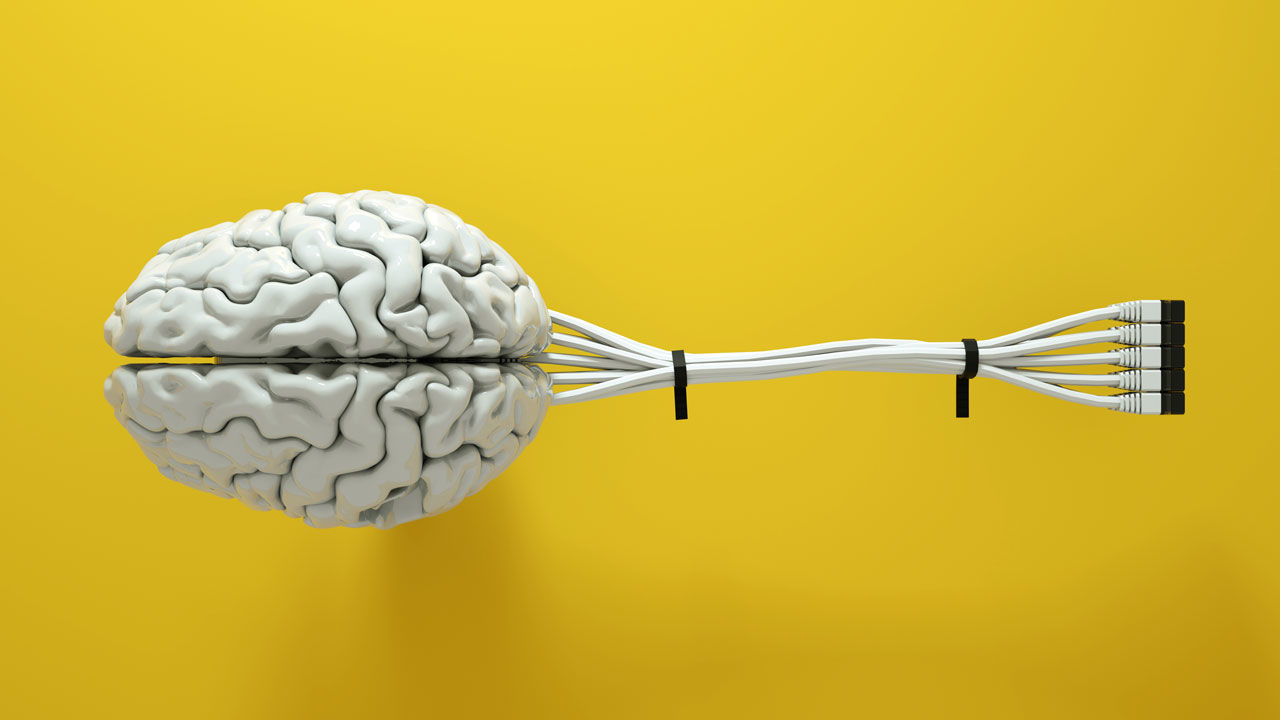
Artificial intelligence (AI) just seems to get smarter and smarter. Each iPhone learns your face, voice, and habits better than the last, and the threats AI poses to privacy and jobs continue to grow. The surge reflects faster chips, more data, and better algorithms. But some of the improvement comes from tweaks rather than the core innovations their inventors claim -- and some of the gains may not exist at all, says Davis Blalock, a computer science graduate student at the Massachusetts Institute of Technology (MIT). Blalock and his colleagues compared dozens of approaches to improving neural networks -- software architectures that loosely mimic the brain. "Fifty papers in," he says, "it became clear that it wasn't obvious what the state of the art even was." The researchers evaluated 81 pruning algorithms, programs that make neural networks more efficient by trimming unneeded connections. All claimed superiority in slightly different ways. But they were rarely compared properly -- and when the researchers tried to evaluate them side by side, there was no clear evidence of performance improvements over a 10-year period. The result, presented in March at the Machine Learning and Systems conference, surprised Blalock's Ph.D. adviser, MIT computer scientist John Guttag, who says the uneven comparisons themselves may explain the stagnation. "It's the old saw, right?" Guttag said. "If you can't measure something, it's hard to make it better."


